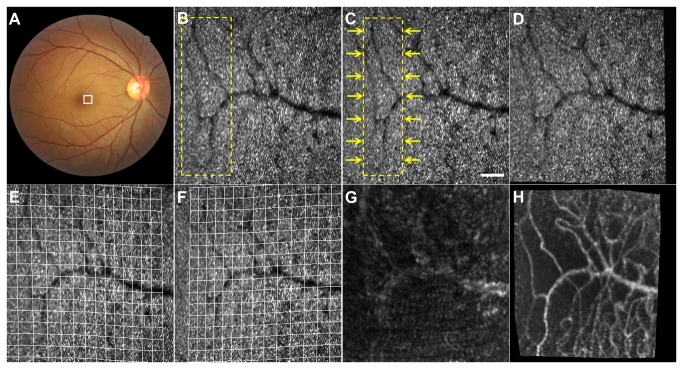Figure 3. Effect of B-spline-based Elastic Registration on Capillary Visualization.
(A) Color fundus photograph of the right eye of a 34-year-old woman with no history of ocular or systemic diseases. (B, C) Two consecutive frames obtained by adaptive optics scanning laser ophthalmoscopy (AO-SLO), which correspond to the area outlined in white in (A) showing scanning distortions that were uncorrectable by linear registration. High-intensity dots representing the cone mosaic pattern and dark shadow of the vessels are observed. Although the squares outlined by a dashed line in (B) and (C) indicate an identical area of the retina, the area in (B) appears to be wider than the area in (C). Scale bar, 100 μm. (D) Registered image of (C), which was elastically deformed to appear as similar as possible to (B). (E, F) Deformation grids on (B) and (C), respectively. (G) Capillary image constructed from unregistered AO-SLO video recorded for 2 s. (H) Capillary image constructed from AO-SLO video after B-spline-based elastic registration. The capillary is more brilliant than that of (G) constructed without registration.

